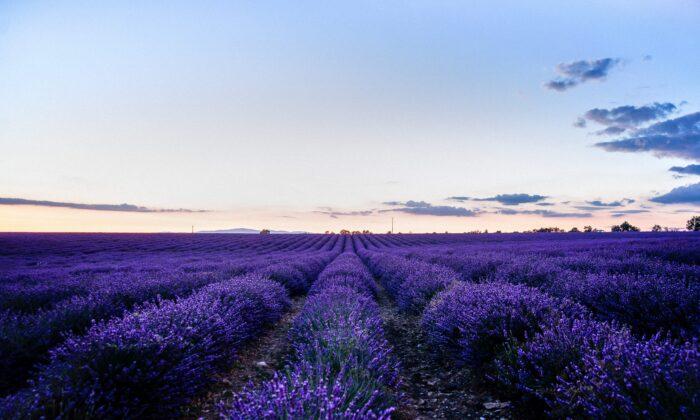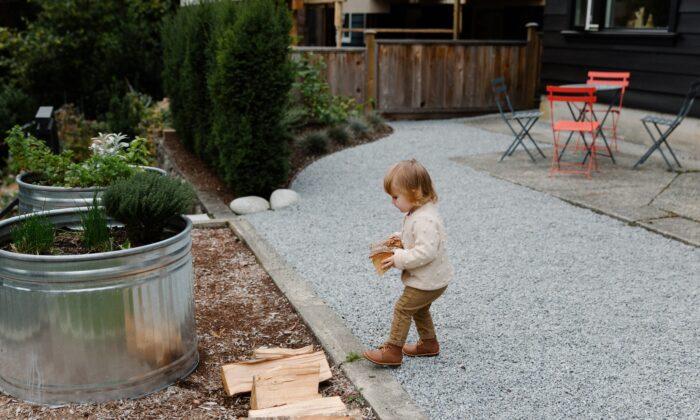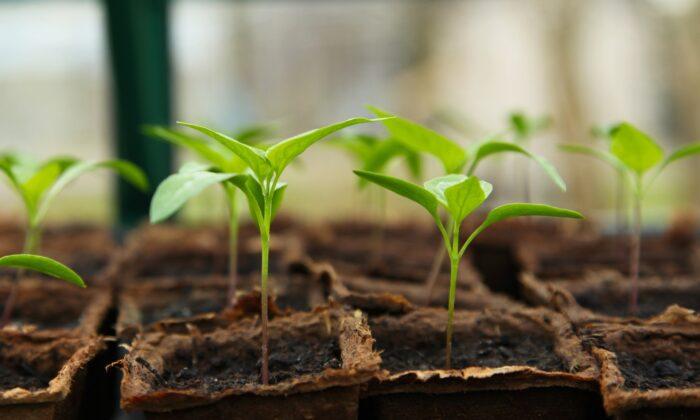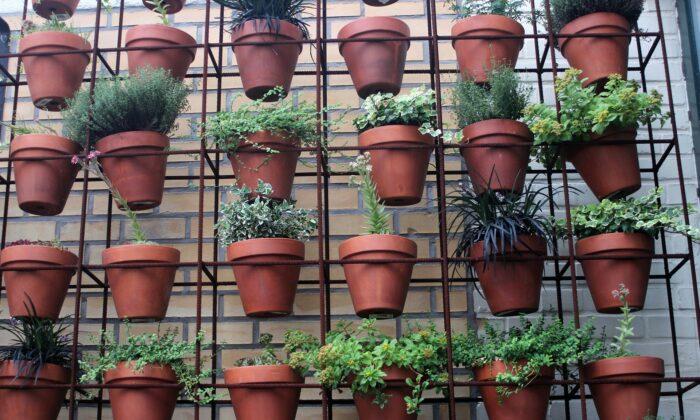Whether it’s for their beauty or deliciousness in recipes, homegrown herbs have soared in popularity in recent years. Long the go-to for chefs seeking to infuse their dishes with a dash of fresh flavor, today you’ll find people from all walks of life growing herb gardens in all shapes and sizes, indoors and out. From tasty mojitos mulled with mint from a pot on your terrace or fresh-cut lavender infusing your home with its fragrant scent, herbs are exceptionally popular and functional plants.
But what exactly is an herb?
An herb is considered any plant whose roots, leaves, green stems, or flowers are harvested and used for cooking, medicine, or cosmetics. From the most well-known like oregano and basil to the more obscure such as pennyroyal, herbs are found in every facet of modern daily life.
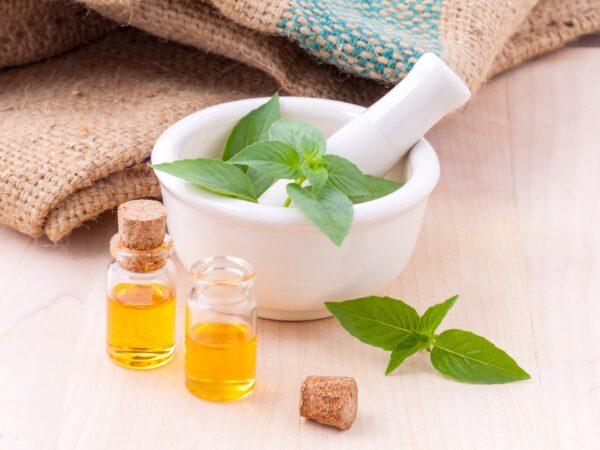
Types of Herbs
Herbs fall into two broad categories—annuals and perennials.Annuals last only one season. They give it all they’ve got all summer long, but when cold weather arrives, they die off. Some of the most common annual herbs include basil, cilantro, dill, and parsley.
Perennials, once established, come back year after year. While they will die back in the cold months, their root system remains winter hearty. Once the warmer temperatures of spring return, perennial herbs start growing again. Popular perennial herbs include tarragon and lemon grass.
Herb Basics
Herbs are hearty, easygoing plants to grow. Most are as happy in pots as they are in a spacious garden. Of course, if you’re planning an indoor, potted herb garden, keep in mind that most herbs still like room to branch out. While those herb planter sets with mini pots look cute on your windowsill, the reality is your herbs will need bigger pots to grow into their full glory.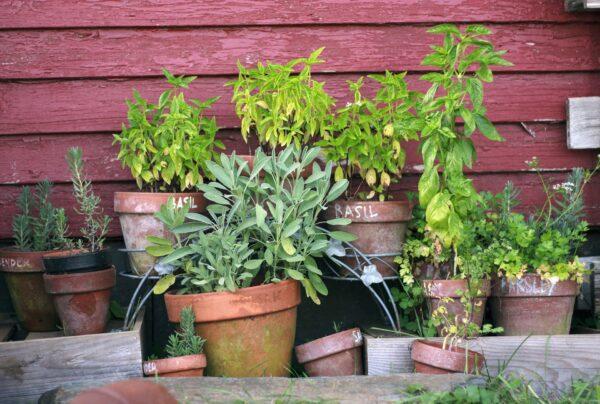
Herb Planting Tips
Herbs require four basic things to flourish. Adequate sunlight, properly prepared soil, regular watering with good drainage, and periodic maintenance.- Soil – unlike many other plants and flowers, herbs do not require enhanced soil to thrive. Just the opposite, in fact. Herbs don’t need extra fertilizer or rich soil. They develop stronger flavor and scent when planted in average soil. The only exception is when you’re growing your herbs for their flowers. Those herbs appreciate rich soil and regular fertilization.
- Sunlight – Most herbs require at least six hours of sunshine to grow their best. Some herbs, like lavender, appreciate full sun all day long. However, most common kitchen herbs are fine growing in an indoor location, so long as they receive good natural light throughout the day. Do you have a shady location that doesn’t get much sun? Fear not. There are many herbs that don’t mind relaxing in the shade. Some of these include parsley, cilantro, and mint.
- Water – Just like any other plant, herbs do best when they are regularly watered. Good drainage is essential to avoid root rot and other plant diseases. No plant, not even a hearty herb, likes to sit around with its feet in a pool of water.
- Maintenance – Herbs do best when they’re regularly trimmed. If you’re growing herbs to use in recipes, this usually isn’t an issue. Other herbs will need to be periodically tended. They will naturally bush out and become fuller with regular pruning. If you don’t make it a point to trim your herbs, they will become tall and thin. Annual herbs will quickly go to seed. Even perennial evergreen herbs, like lavender, should be regularly pruned to avoid weak, dead stems and branches and encourage bushy growth.
Herb Pairings for Optimal Growth
If you’re planning to plant a variety of herbs, either in pots or in your garden, it is good to know which herbs naturally pair well together. Generally speaking, herbs that like the same growing conditions do best when planted together. It pays to do a little bit of research into what each herb’s preferred environmental requirements are, so you can create a cohesive collection of thriving herbs.- Dry Soil/Lots of Sun – plants like rosemary, sage, oregano, marjoram, lavender, and thyme all prefer this combination, and do well when planted together.
- Moist Soil/Sun – there are herbs that don’t tolerate drought particularly well, including basil, parsley, cilantro, and tarragon. These do best when planted together.
- Invasive Herbs – there are certain herbs, especially those in the mint family, that tend to take over wherever they’re planted. They just don’t play well with others. The good news is that different varieties within the mint family, including spearmint, peppermint, and lemon balm, do grow well together, as long as they have enough space to spread out. To avoid a mint takeover in your outdoor space, it is best to keep mint in its own pot or in a well-bordered area outside.
Many Uses for Herbs
Besides featuring as an ingredient in tonight’s dinner or your favorite bar of soap, herbs serve other purposes, too. Lavender’s pale green leaves and bright purple flowers add a pop of color in any landscaping plan.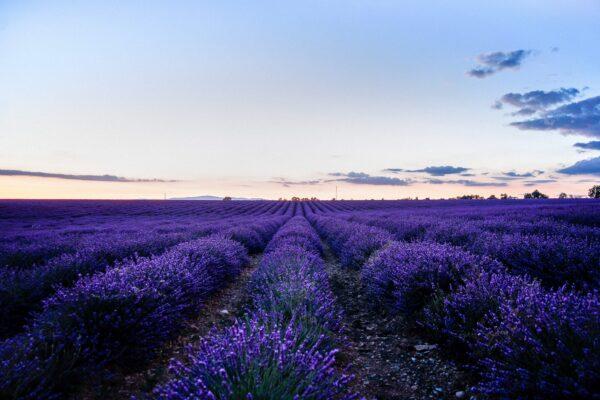
Herbs even provide additional services beyond their looks or taste. A number of herbs, including rosemary, lemon grass, and mint, are all known to repel mosquitos and other unwanted insects. Other herbs, like sage, deter common pests that plague gardens, offering protection to your growing vegetables.
You can even use herbs to form a protective barrier. Wormwood, when planted around your garden’s entire perimeter, is a deterrent to keep unwanted critters from venturing into your carefully tended vegetable patch.
Easy to grow, tasty, beautiful, fragrant, and useful, herbs are a wonderful thing to grow. Indoors or out, in pots or sprawling gardens, adding herbs to your life makes every day more pleasant.

